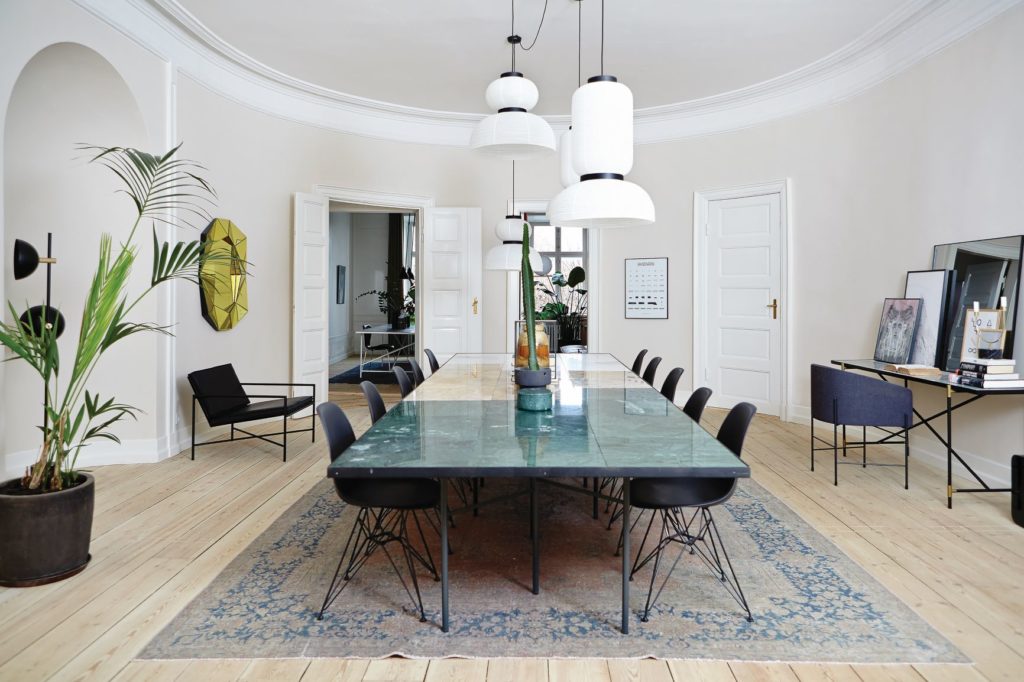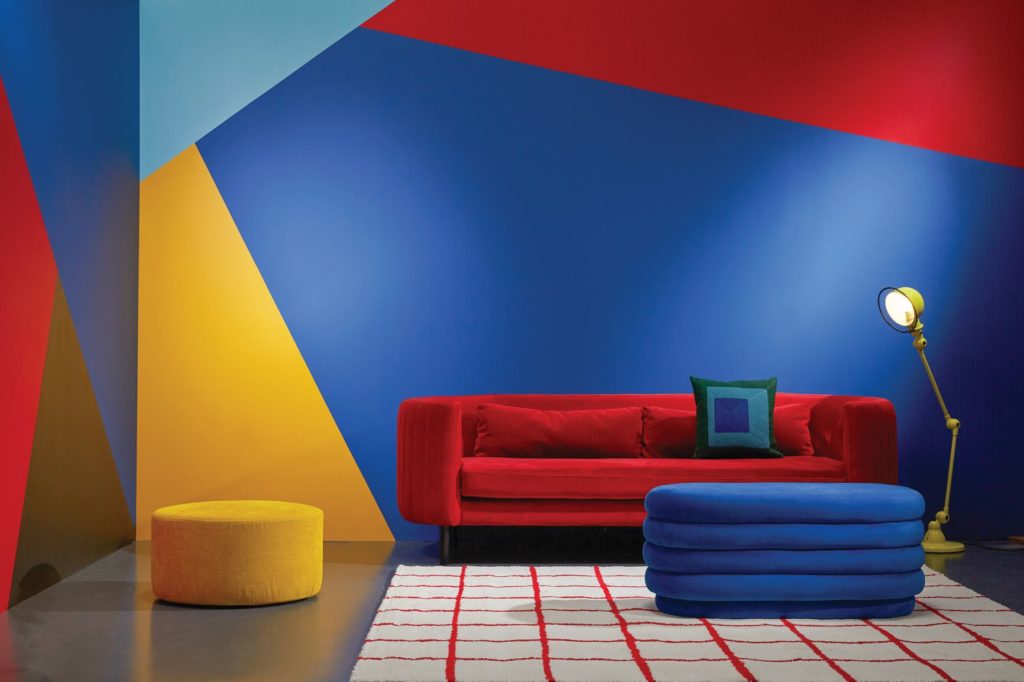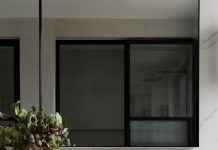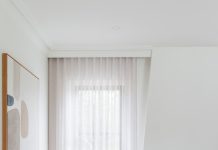What’s hot, or not, is constantly changing when it comes to home renovation and design. We’ve asked the experts to look into their crystal ball and share their top home design trends for 2020.

Curves
Curves deliver a calm, soothing environment and, according to Houzz, the leading platform for home renovation and design, will emerge as an interior design trend in big ways. “We see designers and architects on Houzz introducing that curves add a feminine touch and create softness in spaces otherwise filled with hard surfaces. Architectural elements of the home will embrace rounded edges through circular windows, arches and curved walls as advances to technology allow architects to challenge structural boundaries.”

Personal expression
Interior designer, property stylist and media presenter, Jane Thompson, says repurposing and sustainability will continue to be front of mind. “Repurposing an old piece of furniture is not only sustainable, but allows us as individuals to make a statement about ourselves. It saves money and resources but it does take time, and requires some imagination,” Jane says. “To ‘zhoosh’ a discarded piece of furniture is an opportunity for you to say something about how you feel.”
Colour trends

Beige, stone, soft eucalypt greens and earthy browns will be strong interior design colours in 2020, following their popularity on Houzz in 2019. They’re hues that are seen in natural materials such as sisal, jute; the colours of unbleached, undyed wool, natural clay colours, natural stone. This is also reflected in Jolie Home’s colour of the year – Legacy – a deep, muted green with dark grey undertones. For those who like a bolder look, strong colours will also be on trend as highlighted in Wattyl’s Bright Futures colour palette, while the Pantone Color of the Year 2020 is Classic Blue.
Energy efficiency
Energy efficiency will continue to dictate building design in the 2020s. “Research shows that up to 40% of heat escapes from homes via windows, while double glazing can decrease heat loss by almost 30%,” says Christine Evans from Stegbar. “Building regulations will continue to push green building, new technologies in glazing and improved product engineering and design. This will facilitate better energy efficiency within the home and reduce the reliance on artificial climate controls.”
Home automation
Home automation is continuing to rapidly increase in popularity, with the smart home market worth approximately $1.924 million in 2019, and household penetration expected to hit 41.9% by 2023. Home automation is more than just smart assistants but technology that provides convenience and safety to your property and lifestyle. “Personalisation has moved beyond merely heating and lighting,” says Vera Meharg from Luxaflex Window Fashions. “Homeowners can take complete control in the management of shading, temperature control, energy efficiency and privacy in their home, all of which can actively reduce energy consumption and amp up security.”

For more like this:






